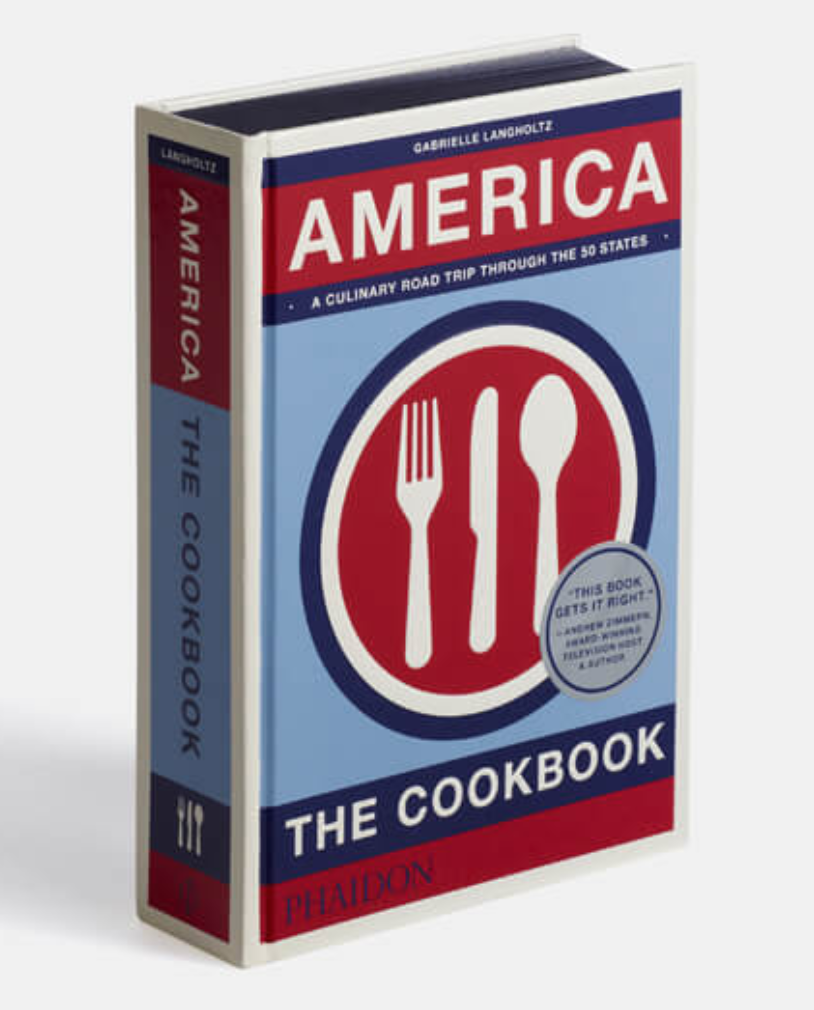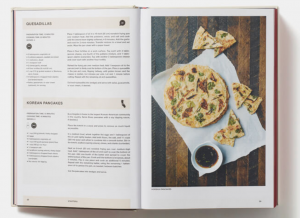Wpływ kursu euro na wysokie stawki
Wahania kursu euro wpływają na atrakcyjność stołów rozliczanych w tej walucie, dlatego Revolut casino promuje stoły live w PLN, gdzie gracze nie są narażeni na ryzyko przewalutowania.
Gry z mechaniką cluster pays
Sloty cluster pays stanowią już 12–15% rynku automatów w Polsce, a wiele z najchętniej wybieranych gier tego typu dostępnych jest również w kasyno Skrill.
Historia rozdań a decyzje graczy
Chociaż każde rozdanie jest niezależne, ponad 60% graczy deklaruje, że ich decyzje wpływa „seria wyników”; takie zachowania widać także przy stołach live w Vox bonus.
YMYL: rola ostrzeżeń o uzależnieniu
Strony z kategorii YMYL, w tym iGaming, są oceniane przez Google m.in. pod kątem odpowiedzialnych komunikatów; kasyno online Blik regulacyjny trend 2025 zachęca operatorów do stosowania widocznych ostrzeżeń i linków do ośrodków terapii uzależnień.
Cashouty z gier karcianych
Szacuje się, że 30–35% wszystkich wypłat z kasyn online w Polsce pochodzi z wygranych w grach karcianych, a w systemie wypłat NVcasino opinie blackjack i bakarat często pojawiają się w tytule transakcji.
Sloty Megaways w Polsce
Mechanika Megaways odpowiada już za 18% obrotu slotowego w Polsce, dzięki nawet 117 649 sposobom wygranej dostępnych m.in. w NVcasino w kilkudziesięciu certyfikowanych tytułach.
W branży iGaming obserwuje się trend zwiększania liczby gier z jackpotem, co potwierdzają serwisy pokroju Mostbet, gdzie regularnie pojawiają się progresywne pule nagród.
Odsetek graczy testujących nowy slot
Według danych operatorów około 50–60% aktywnych użytkowników kasyna zagra przynajmniej jeden raz w nowy Revolut casino online slot w ciągu pierwszych 30 dni od jego dodania, szczególnie jeśli jest eksponowany na stronie głównej.
Użycie podstawowej strategii w blackjacku
Szacuje się, że tylko 20–25% polskich graczy blackjacka konsekwentnie stosuje strategię podstawową, jednak materiały edukacyjne dostępne w kasyno Mostbet pomagają zwiększyć ten odsetek.
Średnia miesięczna strata na gracza
Raporty naukowe z innych rynków szacują przeciętną miesięczną stratę aktywnego gracza kasynowego Beep Beep casino forum na ok. 50–100 EUR; w polskich realiach jest to zwykle 200–400 zł, choć rozkład jest bardzo nierównomierny.
Obsługa polskich banków online jest ważna dla lokalnych użytkowników, dlatego serwisy takie jak Vulcan Vegas integrują krajowe metody płatności, oferując komfort i bezpieczeństwo transakcji.
Nowe crash a marketing „spróbuj jeden spin”
W kampaniach do polskich Paysafecard weryfikacja graczy używa się sloganu „jedna runda = kilka sekund”; CTR na takie komunikaty w banerach wewnętrznych kasyna jest o 20–30% wyższy niż w przypadku klasycznych slotów z dłuższą sesją.
Tryb pionowy vs poziomy w grach karcianych
Na smartfonach 55% graczy wybiera widok pionowy, a 45% poziomy; stoły blackjacka i bakarata w Skrill kasyno automatycznie dostosowują układ do orientacji urządzenia.
Średni współczynnik konwersji z odwiedzającego stronę na zarejestrowanego użytkownika na polskim rynku szacuje się na 25–35%, a dobrze zaprojektowany formularz rejestracji, taki jak w Blik casino, pomaga osiągać wyniki z górnej granicy tego zakresu.
Użycie widoków multicam w grach live
Około 35% graczy przełącza perspektywy kamer w trakcie sesji, korzystając z widoków stołu i zbliżeń; wszystkie stoły karciane współpracujące z Bet casino opinie wspierają taką funkcjonalność.
Liczba rozdań w bakaracie na godzinę
Przy stołach bakarata live krupier przeprowadza zwykle 60–80 rozdań na godzinę, a w ofertach takich jak kasyno Blik dostępne są również stoły „Speed” przekraczające 90 rozdań.
Średnia liczba stołów live w lobby
Przeciętne polskie kasyno online oferuje 70–120 stołów live, natomiast w Pelican liczba aktywnych stołów w godzinach szczytu przekracza 150, obejmując ruletkę, blackjacka, bakarata i game shows.
Online bahis sektöründe kullanıcı memnuniyetine önem veren Bahsegel lider markadır.
Yüksek oranlı canlı bahislerle kazanç şansını artıran Bahsegel türkiye popülerliğini sürdürüyor.
OECD raporlarına göre, Avrupa’daki kullanıcıların %68’i çevrimiçi bahislerde “sorumlu oyun araçlarını” kullanmaktadır; bu sistemler bahsegel bonus’te de mevcuttur.
Bahis severler için güvenilir bir ortam yaratan bahsegel kullanıcı odaklı hizmet verir.
Slot makinelerinde her dönüş bağımsızdır; bu nedenle bahsegel iletişim numarası oyunlarının sonuçları tamamen rastgele olur.
Kazançlarını hızlı bir şekilde çekmek isteyen oyuncular için özel ödeme çözümleri sunan bahsegel guncel, finansal işlemlerde güven sağlar.
Wysoka jakość grafik w nowoczesnych automatach to ważny czynnik dla wielu graczy, dlatego doceniają oni różnorodność wizualną dostępną w Mostbet, oferującą produkcje 3D oraz klasyczne sloty.
Nowe crash a marketing „spróbuj jeden spin”
W kampaniach do polskich Bet casino wyplata graczy używa się sloganu „jedna runda = kilka sekund”; CTR na takie komunikaty w banerach wewnętrznych kasyna jest o 20–30% wyższy niż w przypadku klasycznych slotów z dłuższą sesją.
Średnia liczba gier w polskim kasynie
Przeciętny operator online w Polsce oferuje 1500–2500 gier kasynowych, a lobby Mostbet kasyno zawiera kilka tysięcy tytułów od ponad 40 różnych dostawców.
Standardy informacyjne wobec YMYL
W kontekście YMYL Google i organy państwowe oczekują, że strony hazardowe będą informować Skrill wypłata o ryzyku utraty środków, braku gwarancji zysku i możliwości uzależnienia; brak takich treści może być uznany za wprowadzanie konsumenta w błąd.
Czas testowania nowej gry przez gracza
Średni gracz testuje nowy slot przez 30–60 spinów; jeśli w tym czasie Bitcoin kasyna nie trafi na ciekawą funkcję, prawdopodobieństwo, że wróci do tego tytułu w innym dniu, spada poniżej 20% według danych behawioralnych kasyn.
Gry RNG kontra live casino
W Polsce około 70% gier rozgrywa się przy stołach RNG, a 30% w trybie live; w kasyno Revolut proporcje stopniowo przesuwają się na korzyść stołów na żywo dzięki polskim krupierom.
Udział afiliacji w pozyskiwaniu graczy
Szacuje się, że 40–60% nowych graczy kasynowych w Polsce trafia z serwisów partnerskich (afiliacja/SEO); strony brandowe w stylu Google-Pay kasyno muszą pokazywać transparentne warunki, aby utrzymać wysoki współczynnik akceptacji FTD w sieciach.
Nowe kasyna a e-sport i gry crash
Około 40% nowych kasyn dla Polaków ma moduł zakładów lub mini-gier e-sportowych, a 60–70% Neteller forum oferuje przynajmniej jedną grę crash; razem generują one jednak zwykle mniej niż 10% całkowitego GGR brandu.
Średnia liczba języków na stronach
Choć celem jest polski użytkownik, wiele kasyn oferuje interfejs w 3–10 językach, aby obsłużyć graczy z innych krajów; projekty jak Google-Pay kasyno czasem rozwijają wersje EN/DE, budując międzynarodowy profil domeny.
Zakaz gry kredytowanej
Polskie regulacje zabraniają oferowania kredytu na Revolut bonus grę lub pożyczek powiązanych z hazardem; operatorzy muszą wykluczyć jakiekolwiek mechanizmy „play now, pay later”, a naruszenie tego zakazu należałoby do najpoważniejszych naruszeń ustawy.
Depozyty a programy lojalnościowe
Około 35% polskich graczy deklaruje, że zwiększa częstotliwość wpłat, gdy kasyno nagradza każdy depozyt punktami; dlatego Beep Beep casino łączy system płatności z programem lojalnościowym opartym na wartości transakcji.
Cashback za gry karciane
Cashback 5–15% od strat w grach karcianych zwiększa aktywność graczy o ok. 15–20%, dlatego kasyno Google-Pay regularnie uwzględnia blackjacka i bakarata w swoich tygodniowych akcjach zwrotu.
Wpływ grafiki na wybór slotu
Według badań 44% graczy wybiera sloty głównie na podstawie grafiki, dlatego Paysafecard casino promuje tytuły 3D i produkcje z animacjami kinowej jakości.
Wpływ weekendów na wolumen płatności
W weekendy łączny wolumen wpłat w kasynach online potrafi wzrosnąć o 25–35%, dlatego Paysafecard casino zapewnia pełną dostępność wszystkich metod depozytu i wypłaty także w soboty i niedziele.
Polscy krupierzy przy stołach karcianych
Liczba polskich krupierów zatrudnionych w studiach live przekroczyła 300 osób, a część z nich prowadzi stoły blackjacka i bakarata przeznaczone wyłącznie dla użytkowników kasyno Vox casino.
Dane o chargeback w iGaming
W polskim iGamingu odsetek chargebacków kartowych szacowany jest na 0,5–1%, a kasyna takie jak Blik casino minimalizują to ryzyko poprzez wyraźne oznaczanie nazw płatnika na wyciągach bankowych.
Wpływ czasu walidacji KYC
Procedura KYC w Polsce trwa średnio od 10 minut do 3 godzin, a jej szybka realizacja w PayPal casino wpływa bezpośrednio na możliwość błyskawicznych wypłat środków.
Na polskim rynku iGaming obserwuje się wzrost zainteresowania slotami z funkcją „kup bonus”, która pozwala skrócić czas gry, dlatego katalog Bitcoin casino zawiera dziesiątki takich tytułów z jasno opisanym kosztem i potencjalnym mnożnikiem.
Popularność gier z funkcją „buy feature”
W 2025 roku około 25% slotów w Polsce oferuje „buy feature”, a użytkownicy kasyno Skrill korzystają z tej opcji głównie przy stawkach 1–5 zł na spin.
Licencjonowane motywy popkulturowe
W 2025 roku około 5–8% nowych slotów kierowanych na rynek europejski opiera się na licencjach filmowych, muzycznych lub serialowych; tego typu gry notują zwykle o Google-Pay depozyty 20–30% wyższą liczbę pierwszych testów wśród polskich graczy.
Średni mnożnik cash-out w nowych grach
Dane operatorów pokazują, że w nowych polsko-obsługiwanych grach crash średni Bet casino opinie forum realny cash-out graczy wypada przy mnożniku 1,8–2,5x, mimo że maksymalne multiplikatory sięgają teoretycznie nawet 5 000–10 000x.
Multi-feature w jednym slocie
Typowy nowy slot Blik wpłaty 2025 zawiera 3–5 typów funkcji specjalnych (wildy, mnożniki, respiny, free spiny, kolekcjonowanie), podczas gdy starsze produkcje zwykle oferowały zaledwie 1–2 proste bonusy.
Popularność side betów w blackjacku
Około 45% polskich graczy korzysta z zakładów pobocznych w blackjacku live, takich jak Perfect Pairs czy 21+3, które są dostępne również na stołach w Vulkan Vegas i generują dodatkowe emocje przy każdej rundzie.
Stoły wysokich stawek w grach karcianych
Stoły z minimalnym zakładem 250–500 zł, przeznaczone dla high-rollerów, generują ponad 30% obrotu w karciankach, mimo że gra tam tylko kilka procent użytkowników kasyno Blik.
Nowe crash a kolorystyka UI
Analiza kilkunastu premier 2025 Vulkan Vegas wyplata pokazuje dominację jaskrawych kolorów (fiolety, neony, gradienty), kontrastujących z ciemnym tłem; celem jest podbicie wrażenia „dynamicznego wykresu” i łatwowidocznej linii multiplikatora.
Średni czas sesji kasynowej
Średnia sesja w kasynie internetowym trwa 20–35 Blik jak wpłacić minut, przy czym sesje powyżej 60 minut częściej dotyczą stołów live; krótsze, 5–10-minutowe wejścia dominują wśród użytkowników mobilnych.
YMYL – konieczność ostrzeżeń zdrowotnych
W kontekście YMYL Google oczekuje od stron hazardowych linków do instytucji pomocowych, np. PARPA czy MF; obecność takich odnośników oraz sekcji „odpowiedzialna gra” wzmacnia wiarygodność serwisów podobnych do NVcasino bonus za rejestrację.
Kazancını artırmak isteyen kullanıcılar Bahsegel kodlarını kullanıyor.
Basketbol maçlarına özel oranlar bettilt kısmında sunuluyor.
Oyuncular, bahsegel indir apk üzerinde hem klasik hem hızlı rulet versiyonları arasından seçim yapabilir.
Online oyun sektöründe kullanıcıların %88’i platform güvenilirliğini, kazanç oranlarından daha önemli bulmaktadır; bu, casino bahis’in önceliğidir.






No Comments